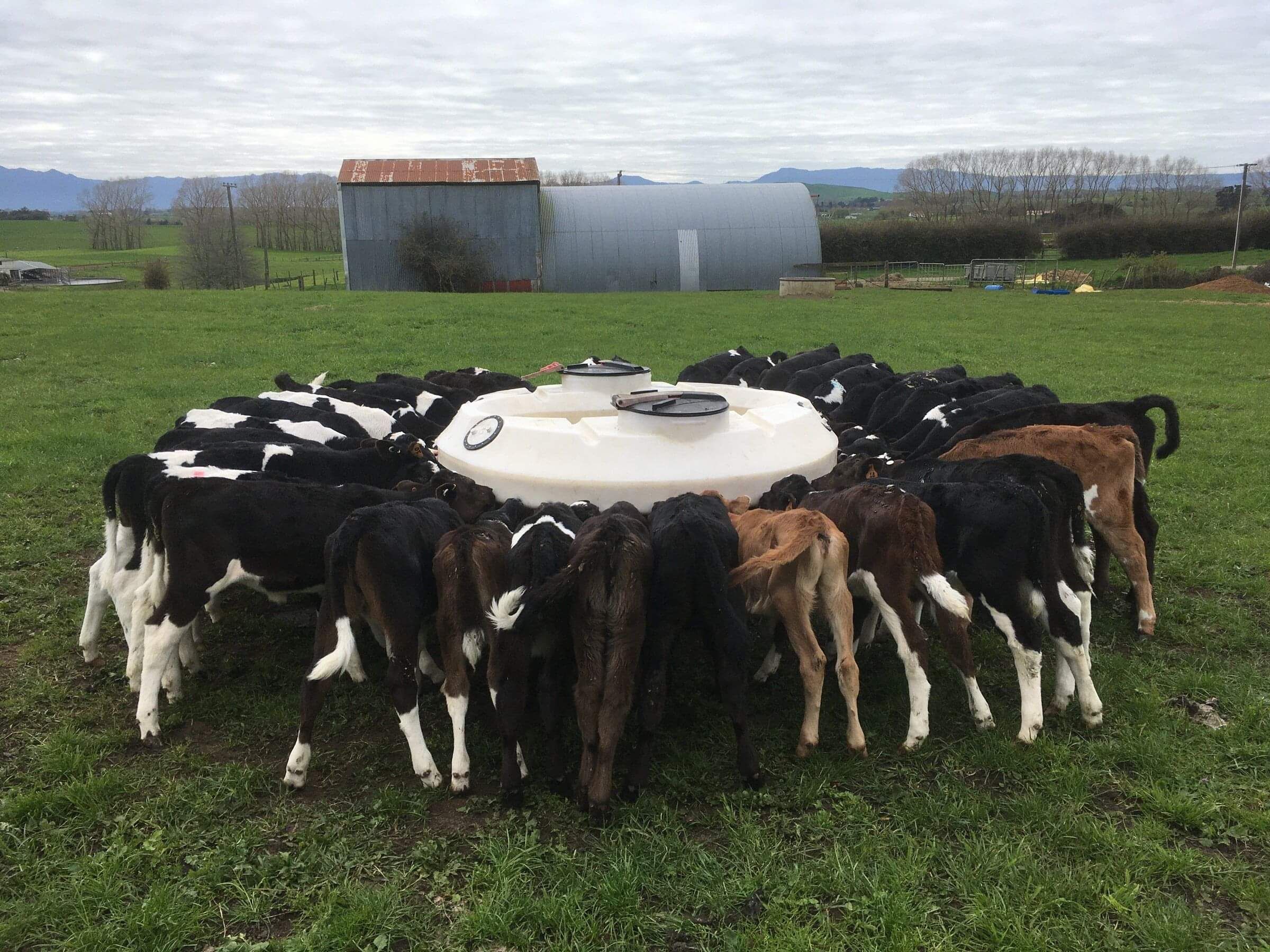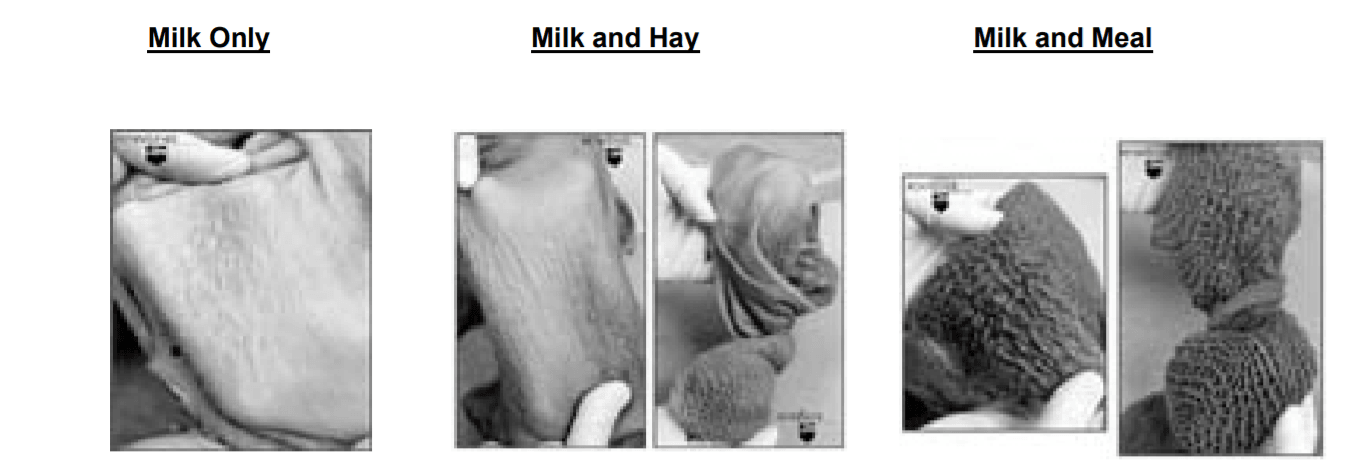Calf Rearing - Tips For Success
Your heifers are the next generation of your herd so getting their growth and development right is key to keeping your herd on track.
More and more research shows us how important the first few months of life are. Calves that grow bigger and faster than their peers produce more milk in their first lactation and lifetime. They also succumb to less disease, have better fertility and consequently are less likely to be culled. It is also the most economical time to grow them - every cent you put in now is giving you maximum value for money!
Calf rearing is a huge subject. Colostrum is covered elsewhere in more detail so won't be mentioned here other than to say without it the rest of this is pointless!

How much milk should my calves drink?
A calf should be fed approximately 12% of its body weight per day. Feeding much below this amount causes poor growth due to lack of necessary nutrients. Feeding higher levels of whole milk can result in more rapid growth rates initially and we know calves will comfortably drink up to 9-11L/day on ad lib systems, but this has to be balanced with decreased meal consumption which can lead to prolonged time to weaning due to slow rumen development.
Ideally the milk should be warmed to at least 18 C, especially during the early weeks, to avoid further stressing of the calf. Try to feed the milk at approximately the same time of day as calves like routine and this reduces stress.
Calves should be fed twice a day in the early weeks as their stomach capacity will not be sufficient for the amount of milk they need to drink if fed OAD (see the below table for a guide). Once calves are eating around 0.5kg meal/head/day, milk feeds can be reduced and thus OAD feeding becomes more suitable.
| Calf Weight | Minimum Volume Milk (L) Required / Day |
| 25kg | 3 |
| 35kg | 4.2 |
| 45kg | 5.4 |
| 55kg | 6.6 |
| 65kg | 7.8 |
The importance of rumen development
First and foremost a calf is a ruminant and in its adult life it is going to be expected to eat GRASS. Consequently it needs to develop its' ability to digest this mighty green feed whilst starting life drinking milk! Good quality fibre needs to be available from the outset. Calves will start to nibble on this from week 1 and this starts the development of the ruminal fibre matt and helps to increase the overall capacity of the rumen. More important is to offer a good quality calf meal, as this has been shown to be most influential in the development of the rumen papillae (as seen in the diagram below). The longer the papillae, the more nutrient absorption that can take place and thus the better calves will transition onto their adult diets.
A calf with an underdeveloped rumen is going to see a severe growth check at weaning

Rumens from 6 week old calves under different feeding regimes
Targets!
In order to know if something is going well you really need to have targets and then measure them to see if you are achieving them. This is particularly important when it comes to calves and growth rates. As a basic rule of thumb calves should be aiming to grow at 0.7kg/day. That's 700g of growth everyday until she is 2 Years Old! This level of growth should ensure she reaches target weight at weaning, target weight at mating and target weight at calving, by which point she should be 90% of her mature body weight.
All herds are different in terms of genetics and breeding so for you to set accurate growth rate targets for your own young stock, you really need to try and weigh a subsample of the adult herd - then you know what mature adult weight you are targeting.
| Average mature adult live weight | Target @ 6 months (30%) | Target @ 15 months (60%) | Target @ 22 months (90%) |
| 500 Kg | 150 Kg | 300 Kg | 450 Kg |
Protein is important
Growth requires protein. So check your calf meal or pellet is providing enough. It should be around 18-22% for young calves
Water
Calves should always have a supply of fresh clean water to drink. They will go looking for water in times of disease and as they eat more fibre and meal they will look to replace reduced liquid milk with water
Weaning - by weight, age or eye?
Or none of the above?! Calves really should be weaned once once they are eating sufficient quantities of concentrates and have sufficient rumen development - a pear shaped abdomen indicates a fully functioning rumen.
As a rule of thumb they should be comfortably eating 1kg/head/day concentrate feed. Animals not eating this should have their milk feeds reduced but not ceased until they are consuming at this level.

